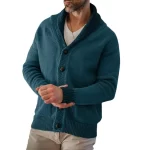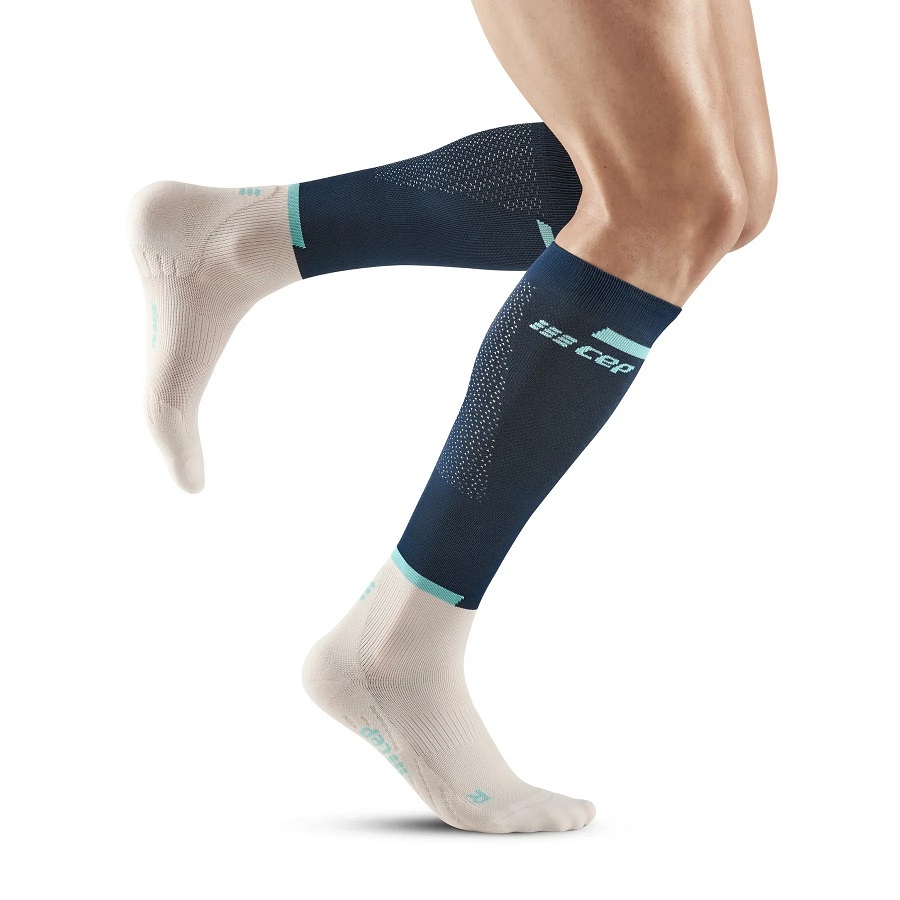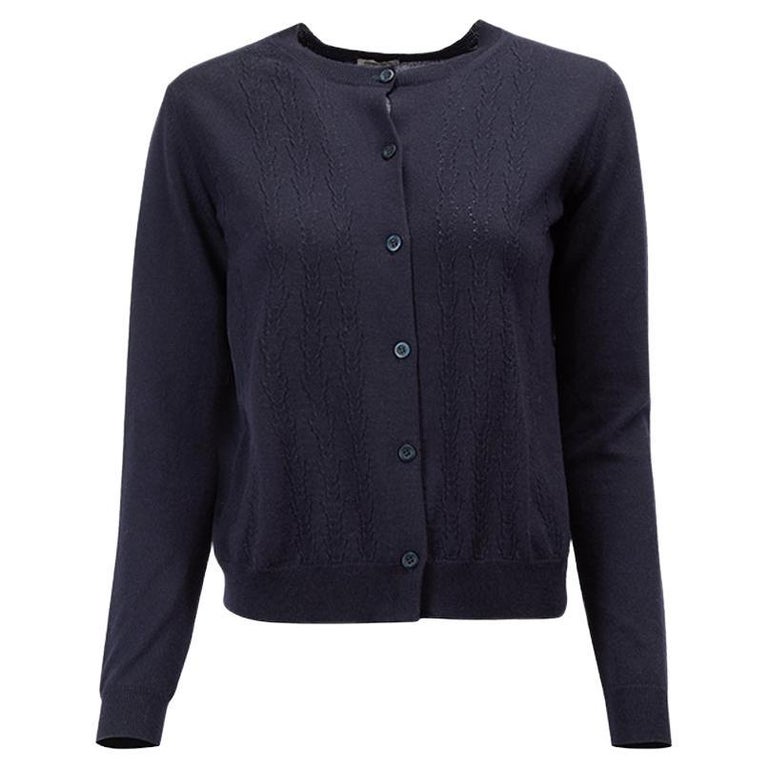Compression socks are popular garments designed to improve circulation and provide support to the legs. They are commonly used by athletes, individuals who spend long hours standing or sitting, and those with certain medical conditions. However, a common question arises: are compression socks safe for sleep? In this article, we’ll delve into the science behind compression socks, their potential benefits and risks when used during sleep, and expert opinions on the matter.
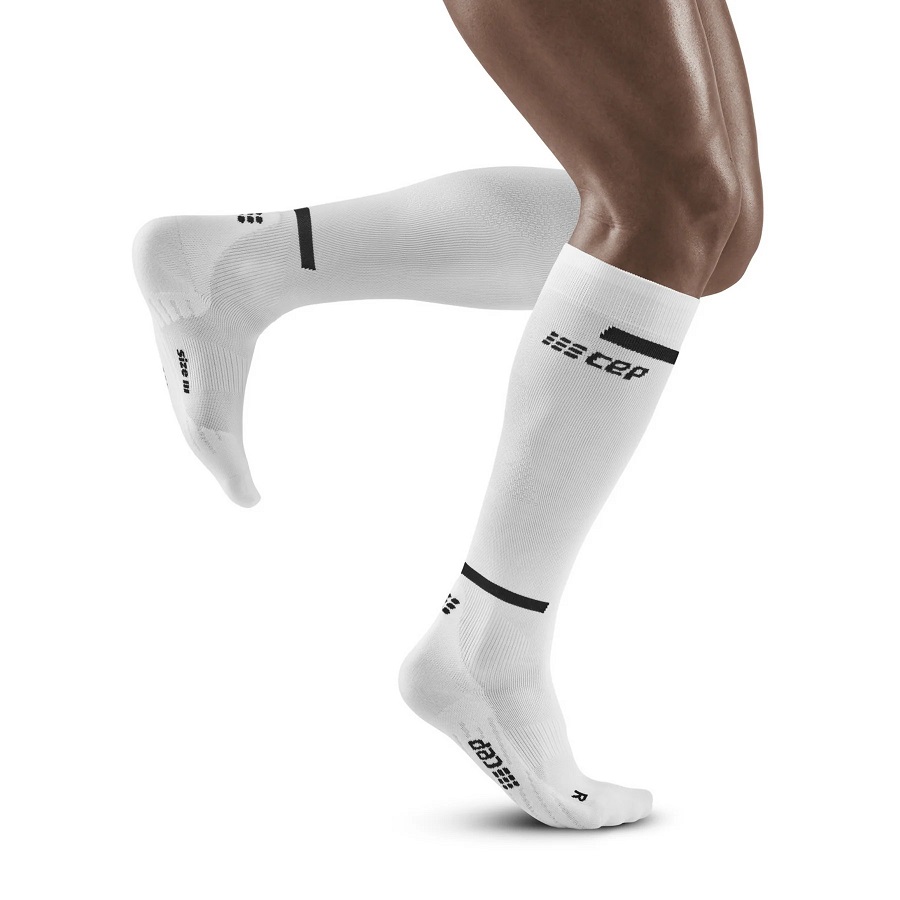
What Are Compression Socks?
Definition and Purpose
Compression socks, or compression stockings, are specialized hosiery designed to apply pressure to the legs. This pressure stimulates blood flow and prevents the pooling of blood in the veins. They are available in various styles, lengths, and levels of compression, typically measured in millimeters of mercury (mmHg).
Types of Compression Socks
- Graduated Compression Socks: These provide the most compression at the ankle, tapering off as they move up the leg.
- Anti-embolism Stockings: Often used in medical settings, these are designed for bedridden patients to prevent blood clots.
- Athletic Compression Socks: Worn by athletes, these are designed to support performance and recovery.
How Compression Socks Work
Mechanism of Action
Compression socks work by exerting external pressure on the lower legs. This compression helps to improve venous return, minimize venous distension, and reduce the risk of venous stasis. Essentially, they help the veins and muscles in the legs to push blood back to the heart more efficiently.
Benefits of Compression Socks
- Improved Circulation: Enhanced blood flow can reduce the risk of blood clots and varicose veins.
- Reduced Swelling: They can help alleviate edema in individuals prone to swelling.
- Muscle Recovery: Athletes often use compression garments to reduce muscle soreness and speed recovery after intense exercise.
Compression Socks and Sleep
The Argument for Wearing Compression Socks at Night
Many individuals wonder if wearing compression socks at night can offer additional benefits. Proponents argue that continued compression during sleep can help maintain circulation and prevent discomfort in individuals with certain conditions, such as:
- Chronic Venous Insufficiency: Patients might benefit from continued support throughout the night to prevent blood pooling.
- Post-Operative Recovery: After certain surgeries, patients may be advised to use compression wear to improve healing.
Potential Risks of Sleeping in Compression Socks
While there are perceived benefits, sleeping in compression socks can also pose several risks. It’s necessary to consider:
- Over-compression: Wearing socks that are too tight can lead to constricted circulation, which may do more harm than good.
- Skin Irritation: Long-term wear can cause skin irritation or even breakdown, especially in sensitive individuals.
- Reduced Sensation: Some users might not notice discomfort or pain while asleep, increasing the risk of complications.
Expert Opinions on Sleeping in Compression Socks
Medical Professional Insights
Healthcare professionals are generally cautious regarding the use of compression socks during sleep. Experts recommend that:
- Consultation is Key: Individuals should consult a doctor, particularly if they have underlying health issues like coronary artery disease or neuropathy.
- Proper Fit is Crucial: Ill-fitting compression socks can exacerbate problems rather than alleviate them.
Manufacturer Guidelines
Most compression sock manufacturers and brands also provide guidelines regarding wear. They often suggest avoiding prolonged use while sleeping.
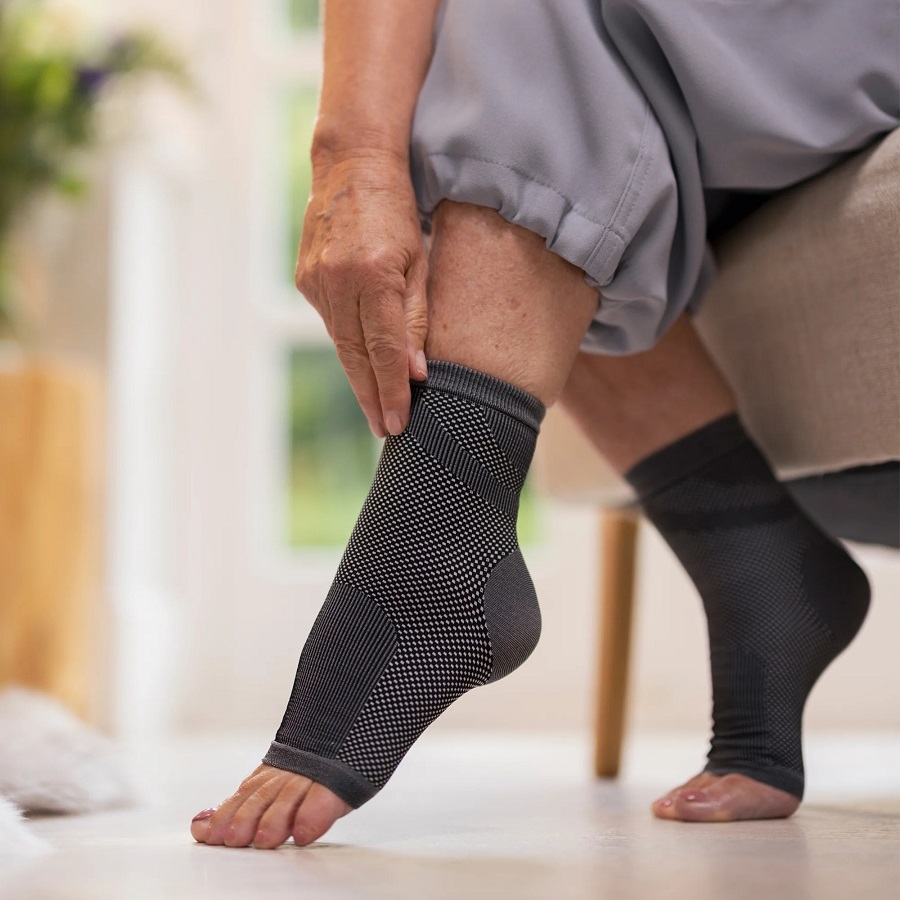
Ideal Conditions for Wearing Compression Socks While Sleeping
Medical Supervision
In certain circumstances, wearing compression socks at night may be safe and beneficial if supervised by a medical professional:
- Post-Surgery Care: Patients undergoing surgery may be prescribed compression socks to reduce the risk of deep vein thrombosis (DVT).
- Chronic Conditions: Individuals with conditions like lymphedema may find it helpful under professional guidance.
Choosing the Right Compression Socks
If an individual is considering wearing compression socks during sleep, it’s important to choose the right type:
- Lower Compression Levels: Opt for socks with graduated compression levels lower than those typically worn during the day.
- Comfort and Breathability: Choose socks made of breathable materials that will provide comfort throughout the night.
Alternatives to Sleeping in Compression Socks
Elevating the Legs
For those hesitant about sleeping in compression socks at night, elevating the legs during sleep can promote circulation and reduce swelling. Techniques include:
- Using Pillows: Placing a few pillows under the legs can help encourage blood flow back to the heart.
- Leg Elevation Devices: These devices are designed to provide optimal support while keeping the legs elevated.
Stretching and Exercise
Light stretching or simple exercises before bed may also assist with circulation:
- Calf Raises: Strengthening exercises can boost circulation.
- Gentle Yoga: Yoga poses that promote leg elevation can improve blood flow and relaxation.
Conclusion
In summary, while compression socks can provide significant benefits during waking hours, the question of safety when wearing them during sleep is more nuanced. The potential for over-compression, irritation, or other adverse effects must be weighed carefully against the advantages.
For individuals considering the use of compression socks while sleeping, it’s essential to consult with a healthcare provider who can offer tailored advice based on personal health conditions. Proper guidance can make all the difference in ensuring comfort and minimizing risks. Always opt for well-fitting, comfortable materials if choosing to wear them overnight and explore alternatives such as leg elevation and gentle stretching for better circulation during sleep.






